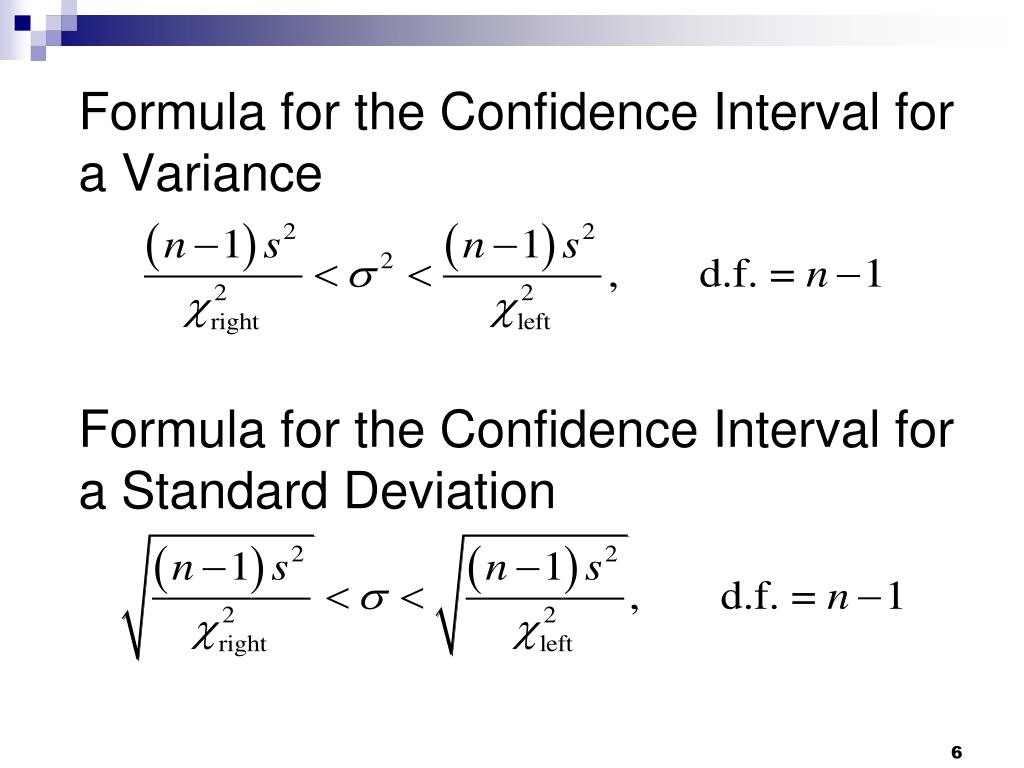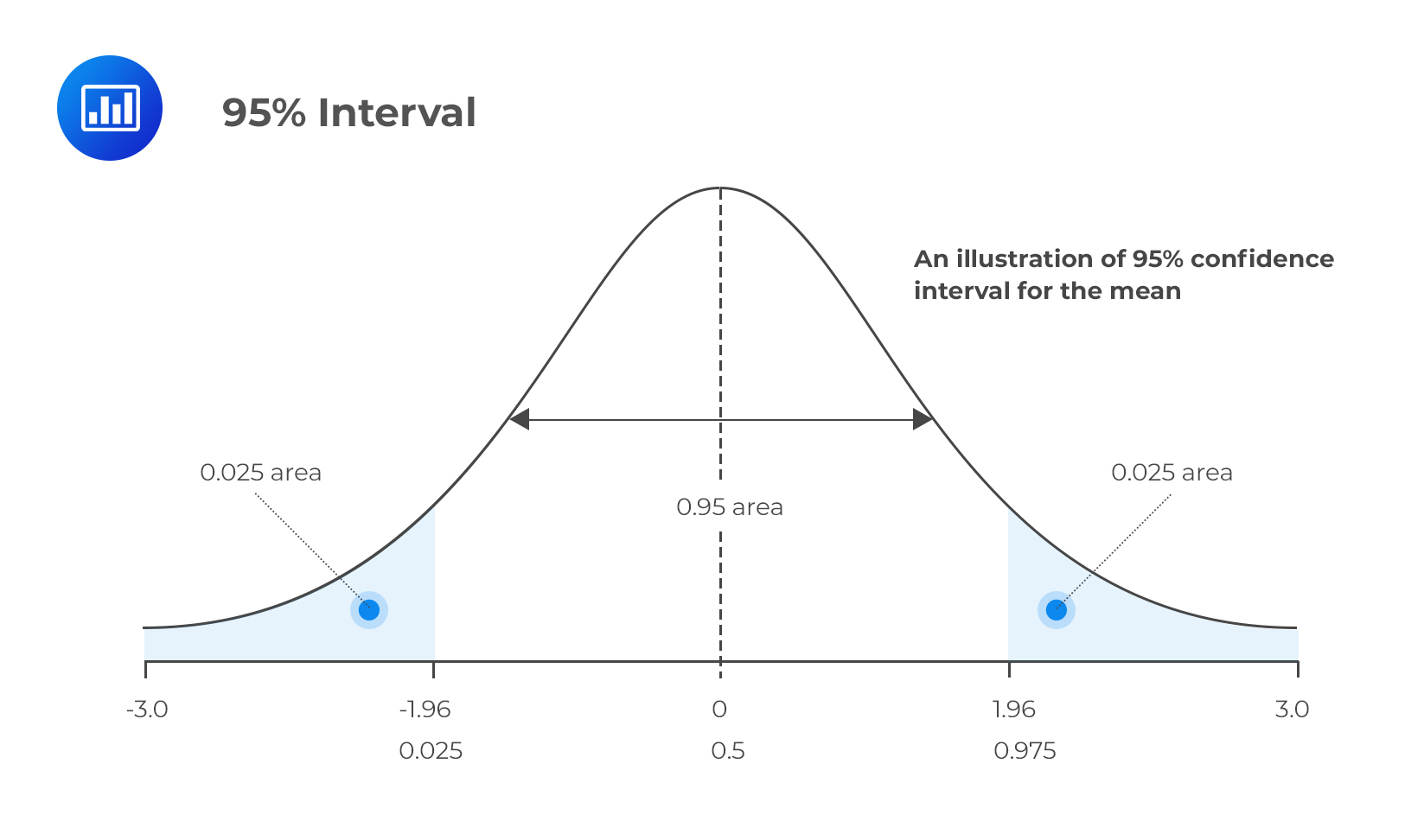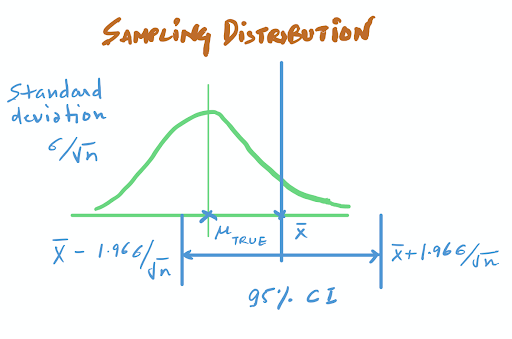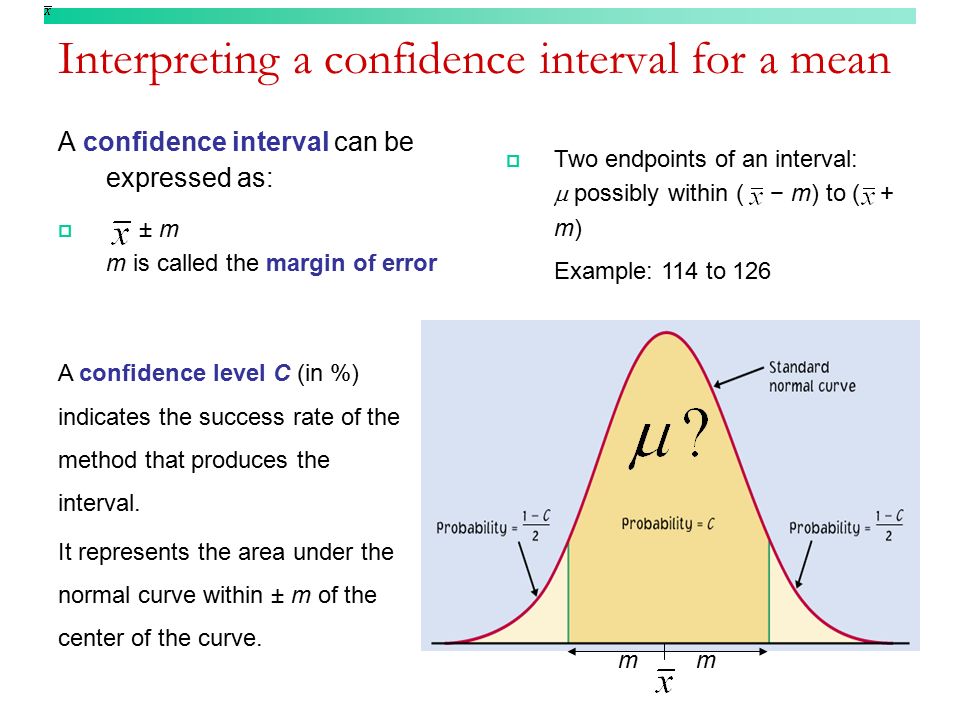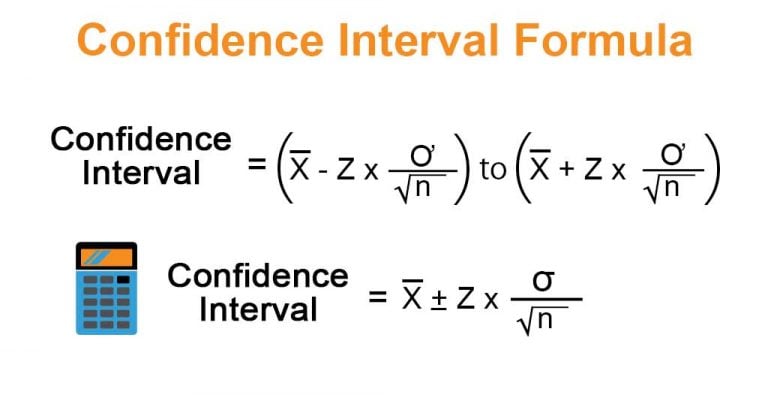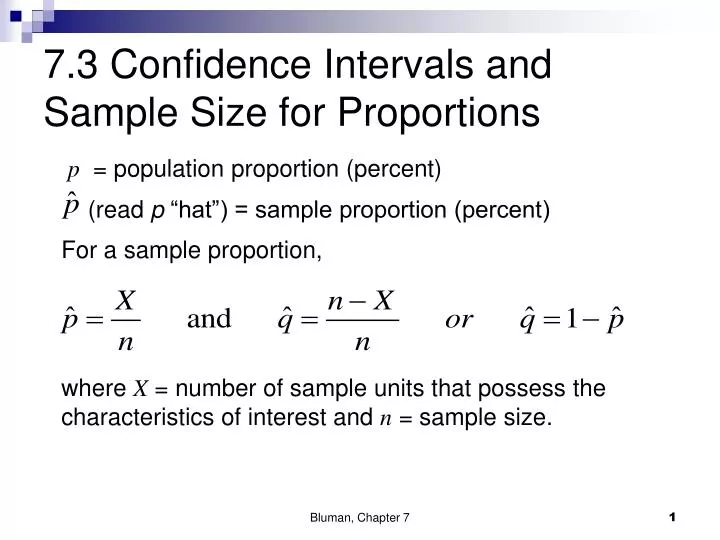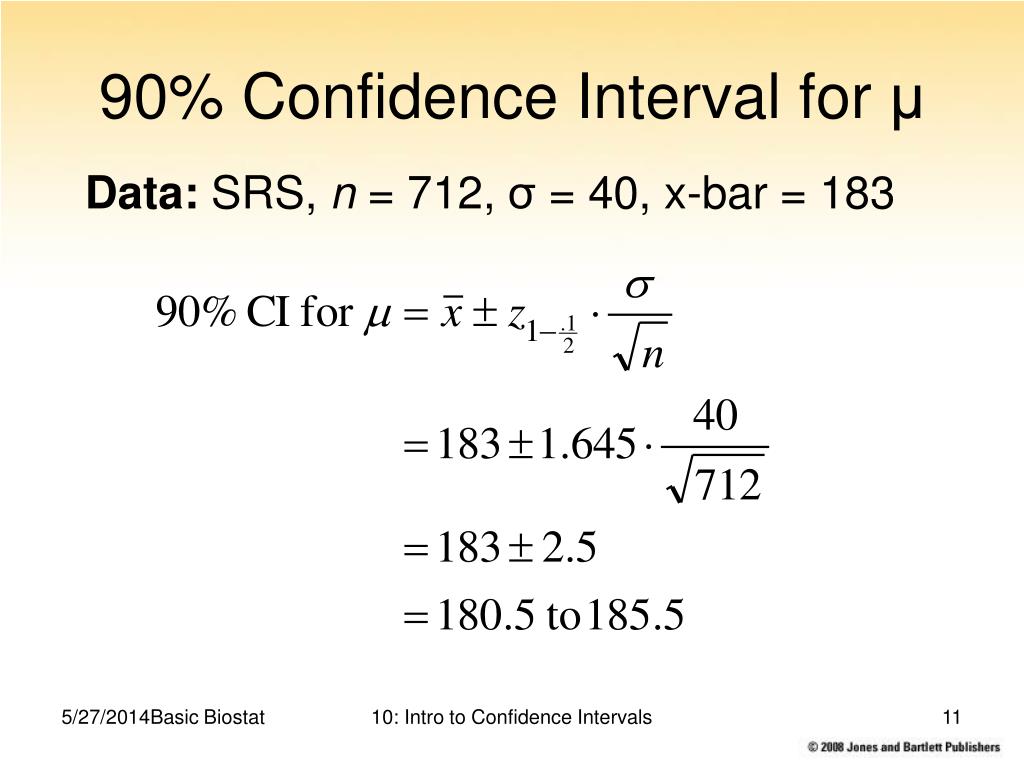Why Cant You Do Confidence Interval For Convenience Sample
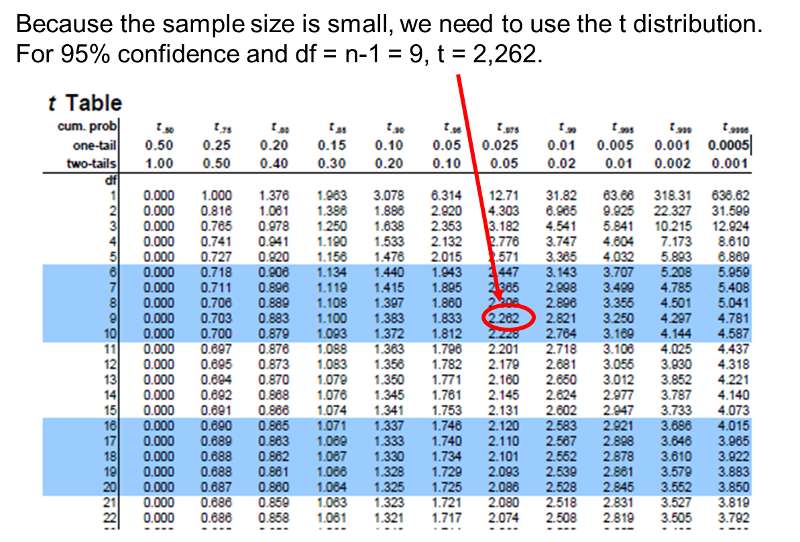
The seemingly simple question of when statistical methods can be reliably applied to data collected from various sources is surprisingly complex. One area where confusion often arises involves the use of confidence intervals with convenience samples. While readily accessible and cost-effective, convenience samples present fundamental challenges that can render the calculation and interpretation of confidence intervals problematic.
This article explores the reasons why confidence intervals are generally considered inappropriate for convenience samples. It will delve into the statistical assumptions underlying confidence intervals. Furthermore, it will look at the inherent biases introduced by convenience sampling. The goal is to provide a clear understanding of the limitations and potential pitfalls associated with using these tools in such contexts.
Understanding Confidence Intervals
A confidence interval is a range of values that, with a certain degree of probability, contains the true population parameter. This parameter could be the mean, proportion, or other statistical measure. Confidence intervals are constructed based on data collected from a sample of the population. The level of confidence, usually expressed as a percentage (e.g., 95%), reflects the probability that the interval will contain the true parameter if the sampling process is repeated many times.
The construction of a valid confidence interval relies on several key assumptions. These assumptions include random sampling, independence of observations, and often, a normal distribution of the sample data. The Central Limit Theorem provides justification for assuming normality when dealing with sufficiently large sample sizes, even if the underlying population is not normally distributed.
The Problem with Convenience Samples
Convenience sampling, as the name suggests, involves selecting participants based on their accessibility and willingness to participate. This method often relies on readily available individuals, such as students in a classroom, customers at a store, or visitors to a website. While convenient and inexpensive, this approach introduces significant biases that violate the assumptions required for valid confidence interval calculations.
The most significant problem with convenience samples is their lack of randomness. Because participants are not selected randomly from the population, the sample is unlikely to be representative of the entire population. This non-representativeness introduces selection bias, where certain groups within the population are over-represented while others are under-represented.
For example, a survey conducted solely at a particular shopping mall will over-represent individuals who frequent that mall and under-represent those who do not. The data can lead to inaccurate conclusions if extrapolated to the broader population. This is because those who go to that specific mall have specific shared characteristics.
Violating the Assumptions
The violation of the random sampling assumption has profound consequences for the validity of confidence intervals. Because the sample is not representative, the sample statistic (e.g., the sample mean) is likely to be a biased estimator of the population parameter. A biased estimator systematically overestimates or underestimates the true value.
When data comes from a convenience sample, the independence of observations is also jeopardized. Individuals within a convenience sample may share characteristics or experiences that make their responses correlated. This lack of independence violates another key assumption underlying confidence interval construction.
For instance, if surveying members of the same family about their political views, their opinions are likely to be more similar than if they were randomly selected from the entire population. Calculating a confidence interval based on these correlated data points would underestimate the true variability in the population and lead to a misleadingly narrow interval.
"The use of convenience samples in statistical inference is a persistent problem," notes Dr. Anya Sharma, a biostatistician at the National Institutes of Health. "Researchers must understand the limitations before drawing conclusions."
Alternatives and Considerations
While confidence intervals are generally inappropriate for convenience samples, there are alternative approaches that researchers can consider. One approach is to focus on descriptive statistics and acknowledge the limitations of the sample. Instead of attempting to generalize to the broader population, researchers can simply describe the characteristics of the sample itself.
Another option is to use weighting techniques to adjust for the non-representativeness of the sample. Weighting involves assigning different weights to different individuals based on their representation in the population. However, weighting requires detailed information about the population and can be complex to implement correctly.
Researchers can also employ qualitative research methods to gain a deeper understanding of the phenomenon being studied. Qualitative methods, such as interviews and focus groups, can provide rich insights that complement the quantitative data collected from the convenience sample.
Conclusion
In summary, the calculation of confidence intervals from convenience samples is generally not recommended due to the violation of fundamental statistical assumptions. The lack of randomness and potential for bias in convenience samples undermine the validity of the resulting intervals. This makes it difficult to accurately infer population parameters.
Researchers using convenience samples should be cautious about generalizing their findings to the broader population. They should explore alternative analytical approaches that acknowledge the limitations of their data. Transparency about the sampling method used is crucial.
Understanding these limitations is essential for conducting sound statistical analysis and avoiding misleading conclusions. Careful consideration of sampling methods is paramount for ensuring the integrity and reliability of research findings.

